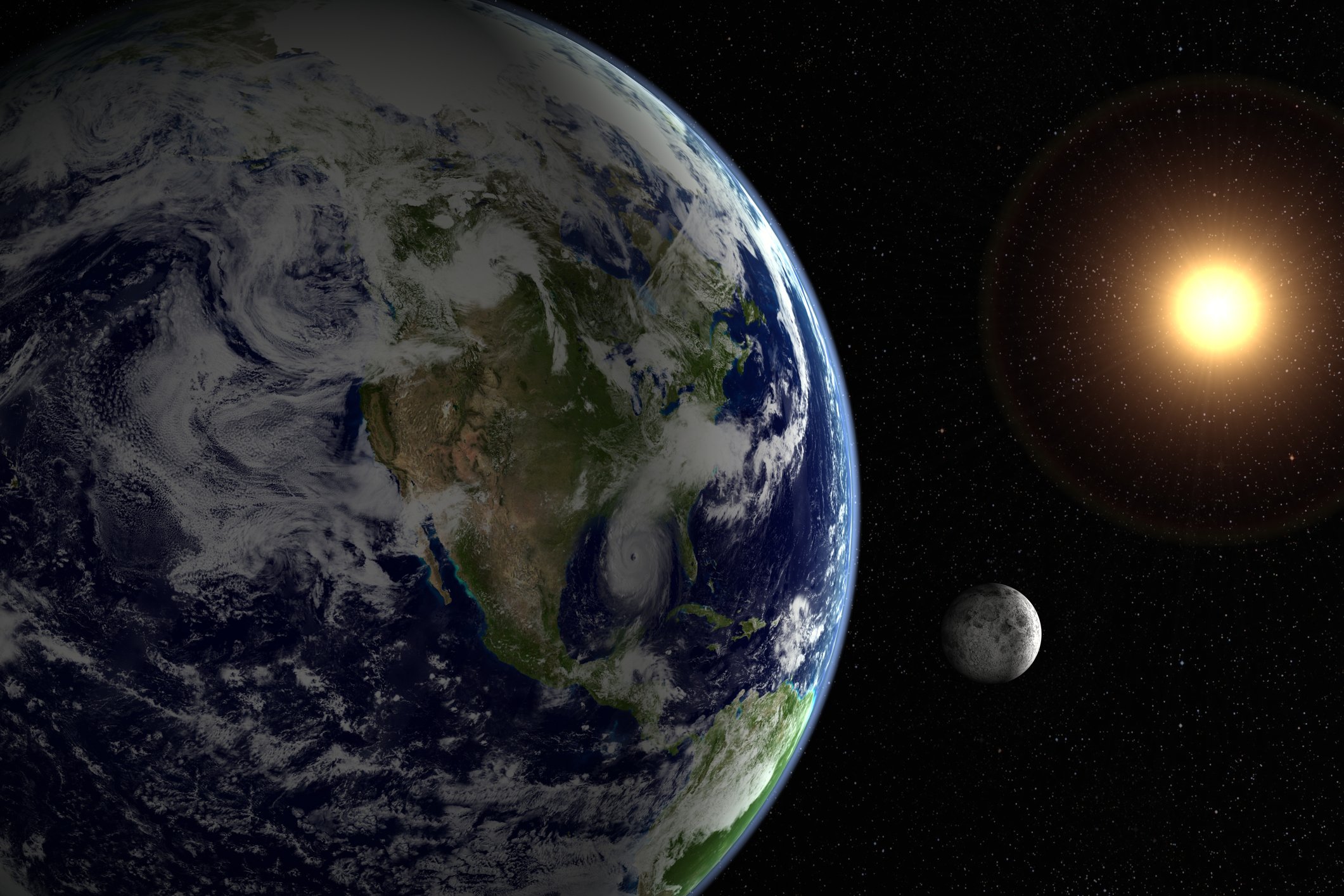A study carried out by researchers from the universities of Chicago, Rice and the California Institute of Technology, all in the US, has introduced a new “agnostic” vision that is not based on any pre-existing theory or assumption.The delicate balance of biogeochemical cycles that keeps the Earth temperate, moist and prosperousThe UChicago statement reads:
The study, recently published in the Proceedings of the National Academy of Sciences, focuses on reactions that affect the chemical composition of the oceans and atmosphere. This complementary series of feedback guarantees the conditions necessary for the development of life on Earth throughout geological ages.
Although the biogeochemical cycling of elements between oceans, atmosphere, and land is fundamental to maintaining climate stability, the interaction is so complex that scientists often choose to isolate parts of the whole to better understand it. The new study, by contrast, is based on a holistic approach that uses mathematical tools to clarify the relationships between different cycles.
Consideration of combinations of reactions between the Earth’s cycles and climates
To unravel the role of Earth’s chemical cycles, in which elements such as carbon, sulfur, and calcium move between land, ocean, and atmosphere, UChicago’s Preston Cosslett Kemeny and colleagues performed a mathematical analysis that encompassed all chemical reactions and their consequences. , but without specifying how they interact with each other.
The approach produces three types of stable combinations of reactions: closed sets, where sources and sinks cancel each other out; sequences of changes in which constant ocean atmosphere conditions are maintained; and open levees, where the balance in alkalinity and carbon flux is maintained by changes in seawater or other chemical elements in the atmosphere.
How to study cycles and climates holistically?

Extensive mathematical analysis resulted in an unprecedented structure that can be described. “All major and secondary combinations of reactions that balance the Earth’s carbon cycle and their interrelationships”, says the study. Practically speaking, Earth’s climate is now represented by a series of interconnected chemical equations that must be balanced during specific terrestrial periods.
The new study allows scientists to continue studying Earth’s climate history, now with a complementary tool. If you want to study the last ice age, for example, Kemeny says, “you can take this framework and use it to say: well, if process
When viewed from a panoramic perspective, it is possible to see other relationships between the cycles. Using the method, the team itself was able to identify an unprecedented approach to achieving a balance in carbon flux in the ocean-atmosphere system with a simultaneous increase in atmospheric oxygen.
Did you like the content? Therefore, always stay updated with more studies like this on TecMundo and take the opportunity to discover what the end of life on planet Earth will be like.
Source: Tec Mundo
I’m Blaine Morgan, an experienced journalist and writer with over 8 years of experience in the tech industry. My expertise lies in writing about technology news and trends, covering everything from cutting-edge gadgets to emerging software developments. I’ve written for several leading publications including Gadget Onus where I am an author.













